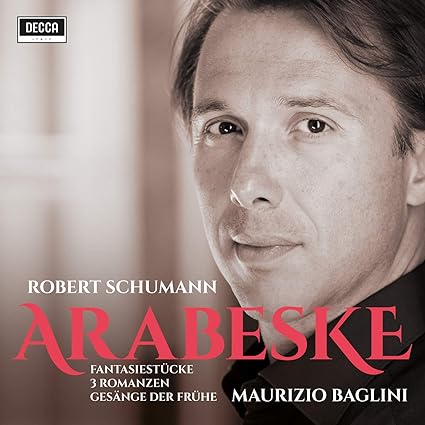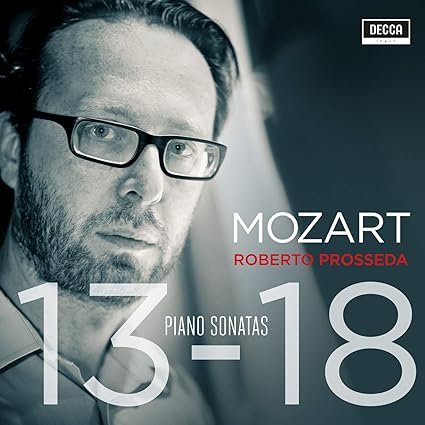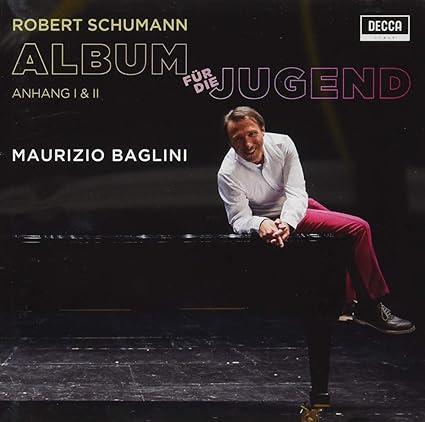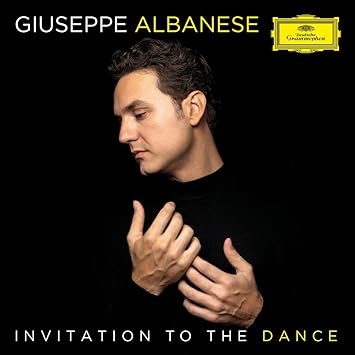Todd A
pfm Member

The fourth volume in Baglini's Schumann survey offers more of the same of what came before. The disc opens with Fantasiestücke, Op 12, and the first two pieces offer bold stylistic contrasts, with an exceedingly gentle and dreamy Eusebius in Des Abends and a fiery, impulsive, explosive Florestan in Aufschwung. And so it goes throughout, with some nice highlights. Grillen is purposely clunky and exaggerated, and In der Nacht takes very seriously the "with passion" instruction. Baglini tends to go somewhat or fully to extremes within pieces, as both Fabel and Traumes Wirren demonstrate so those wanting more even keel Schumann may want something else. I'm not sure I want my Schumann to be even keel. Anyway, Baglini delivers the goods.
Next comes the title track, as it were. While Baglini is no slouch, there are other more beautiful, dreamy versions out there, and here the tendency to push the Florestan bits make the piece a bit larger scale than I often prefer. (I gotta say, after hearing Yefim Bronfman play the piece as an encore, where he made it abundantly clear from his playing that this is a piece he adores, the recordings I've listened to since sound a bit too studio-bound and not quite sincere enough.) The Three Romances, Op 28 follow, and the outer pieces are bold and sometimes clangorous, but the middle piece (Einfach) sounds dreamy and irresistibly beautiful. Most excellent. The little without opus Ahnung is nicely handled, as well.
Then comes the disc closer, one of Schumann's great works, Gesänge der Frühe, Op 133. Starting with a dark, rich, and as played, almost organ-like texture, Baglini keeps the sound tranquil as directed. The pianist actually keeps much of his playing under wraps for the second piece, not going over the top, instead offering accenting of just the right amount. Excellent. The third movement Lebhaft is unabashedly extroverted and heavy but springy. The fourth movement is likewise extroverted in nature, with Baglini playing with a headlong style through most of the piece. The piece ends with a slow, somber Im Anfange ruhiges, im Verlauf bewegtes Tempo, in which the pianist establishes a dreamy but even less stable than normal feel which works quite well. I'm not sure he rises to the best versions out there (Anderszewski, say), but Baglini delivers a fine version in his ongoing complete survey. I look forward to the next disc.
Amazon UK link: https://www.amazon.co.uk/dp/B07HGNRK39/?tag=pinkfishmedia-21
This site contains affiliate links for which pink fish media may be compensated.





